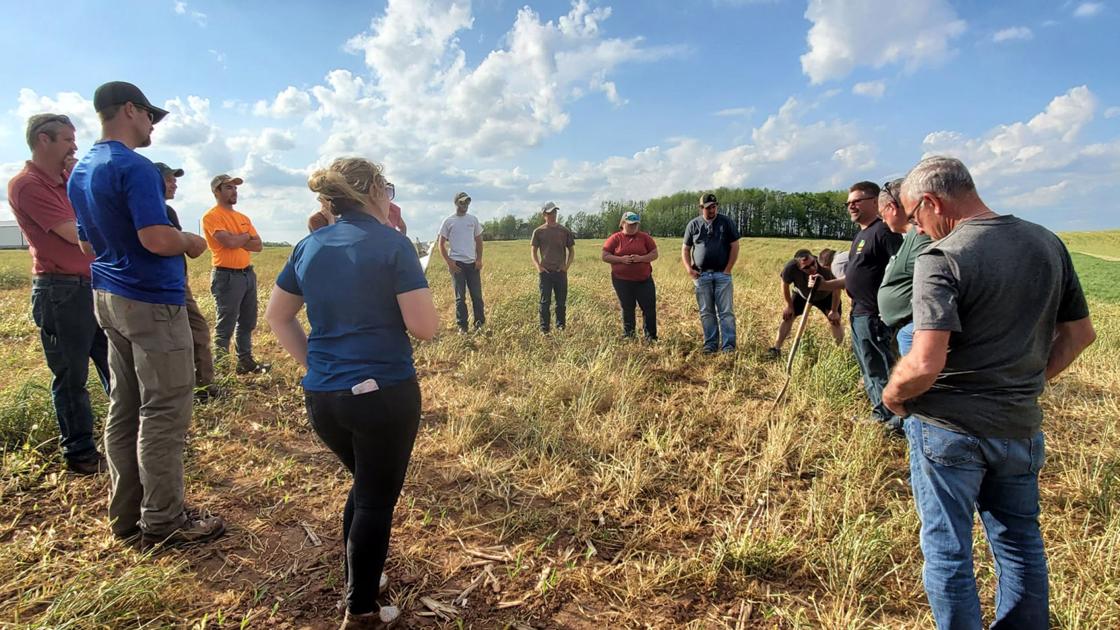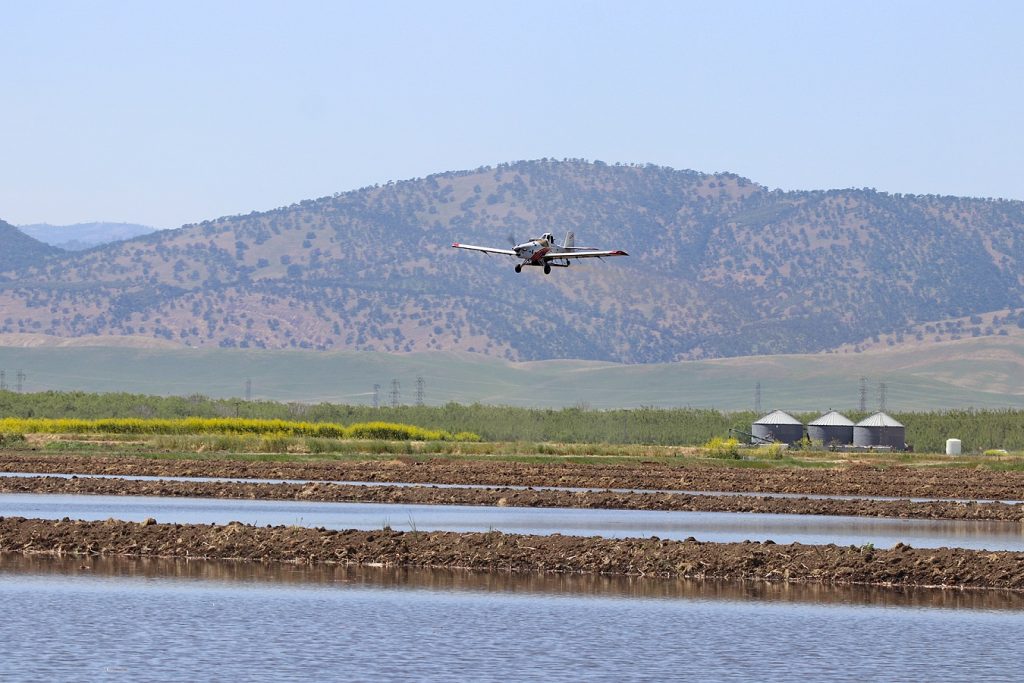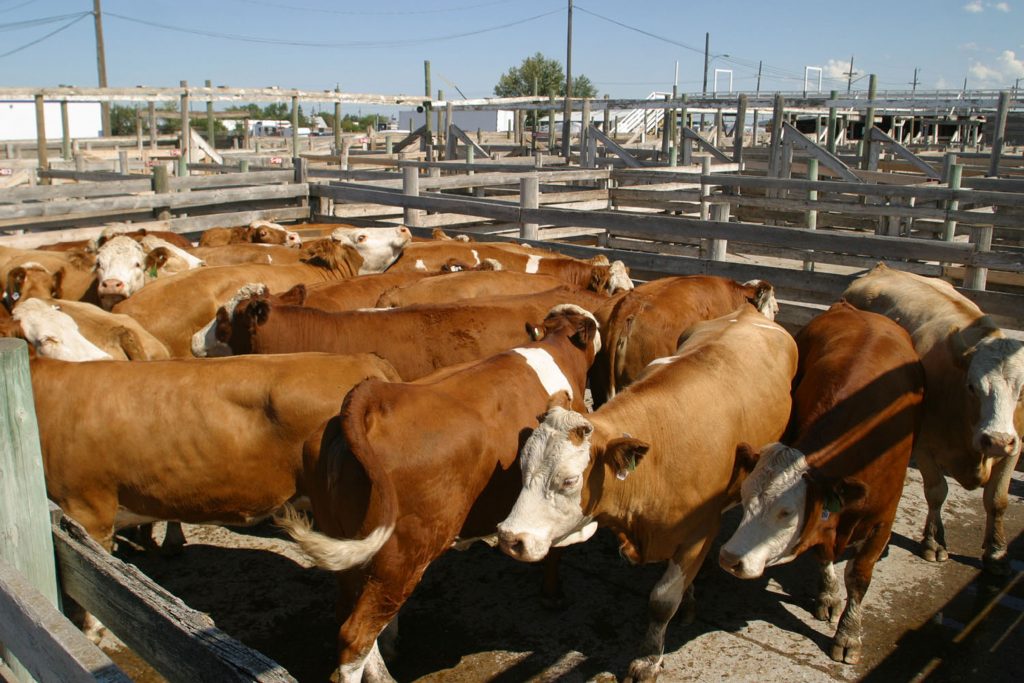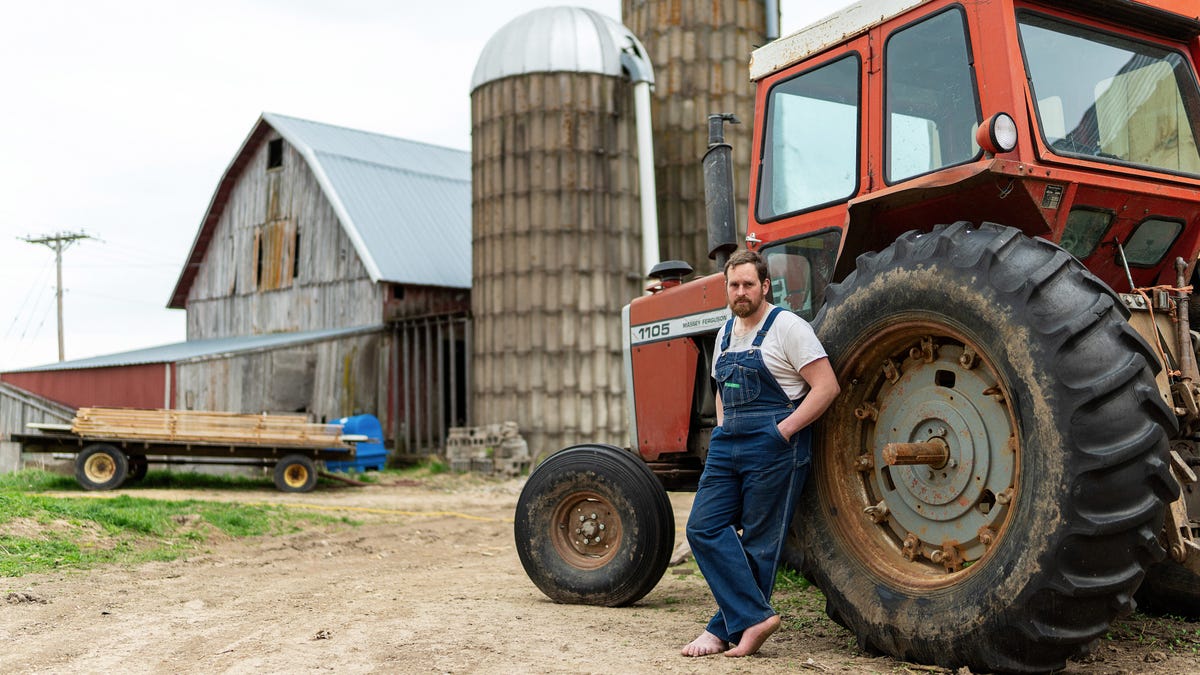-
(0)
-
Bookmark
- Comments (0)
 John LaRose Jr.
John LaRose Jr.
Topics: Agriculture US, Cover Crops, Crop Consultant, Education U.S. MidWest, Sustainability, USDA, Regenerative Agriculture,
Cover Crops Grow In Popularity, But Not Everyone Can Afford Them
For farmers, soil is everything. "I can't afford to hurt my soils."Liz Graznak is the owner of Happy Hollow Farm a 10-acre, USDA-certified organic farm in the small village of Jamestown, Missouri. Its one of only a few organic vegetable farms in the state. "My farm in general is pretty small, like the amount of ground that I'm growing in is pretty small. So we ask a lot of our soils," Graznak said. Cover crops are used to protect and improve soil health. They're plants, like red clover, that are meant to cover the ground, not to be harvested. They slow runoff, which can both reduce the loss of topsoil due to erosion, and increase soil nutrients. "Where I am farming right here, there's some significant clay in the soils and the cover crops have helped a lot," Graznak said.But because space is limited, planting cover crops isn't always an option so she turns to compost, which is more expensive."In order for me to pay my bills, I have to grow this amount of produce," Graznak said. "So we put them in where we can."Although cover crops are becoming more common, less than 10 percent of all the crop land in the U.S. has them. "We're seeing more big companies, even food companies like General Mills or clothing companies like Wrangler, that are encouraging farmers to use cover crops, which has been a big change in the last few years," University of Missouri Center for Regenerative Agriculture Director Rob Myers said. Agriculture has been seeing the impacts of climate change for years. Experts say cover crops can help fight climate change because they capture carbon from the atmosphere."If we have well-established cover crops, then the cover crops can withstand intense rainstorms because the rainstorm is going to cause what? Is going to cause a lot of erosion," Humberto Blanco, an agronomy and horticulture professor at the University of Nebraska-Lincoln, said. "So it can ...
-
(1)
-
Bookmark
- Comments (0)
06/06/2021 SOURCE: www.leadertelegram.com
-
(0)
-
Bookmark
- Comments. (0)
 John LaRose Jr.
John LaRose Jr.
Topics: Rice, Precision AG , Irrigation, Agriculture US, Water, Economics, Weather,
California Rice Acreage to Decline by One-Fifth Due to Drought
Dry conditions are taking their toll on California, with rice acreage being significantly impacted by the lack of water. Last year...
-
(0)
-
Bookmark
- Comments (0)
-
(0)
-
Bookmark
- Comments (0)
 John LaRose Jr.
John LaRose Jr.
Topics: Agriculture US, Economics, USDA,
USDA Moves Forward with Debt Relief for Socially Disadvantaged Farmers
The U.S. Department of Agriculture (USDA) is moving forward with its plan to provide debt relief for socially disadvantaged borrowers...
-
(0)
-
Bookmark
- Comments (0)
 John LaRose Jr.
John LaRose Jr.
Topics: Precision AG , Livestock/Meat, Agriculture US, Agriculture Global, Economics, Sustainability, Beef Cattle,
Farm Groups Gather to Discuss Cattle Market Concerns
An array of agricultural groups met in Phoenix, Arizona last week to go over challenges facing the U.S. cattle market. The meeting was...
-
(0)
-
Bookmark
- Comments (0)
06/03/2021 SOURCE: flip.it
As part of the COVID relief bill, the government will forgive loans to farmers based entirely on their race. That's wrong and will divide Americans.
Joe Biden's COVID debt relief for farms doesn't apply to white farmers. That's wrong.
-
(0)
-
Bookmark
- Comments. (0)
-
(0)
-
Bookmark
- Comments (0)
 John LaRose Jr.
John LaRose Jr.
Topics: Agriculture US, Agriculture Global, Poultry, Economics, Research, World Hunger,
What Is Bumblefoot In Chickens And How To Treat It
Is one of your chickens limping? In pain? Bumblefoot in chickens is often the cause of an unhappy bird. Leaving it untreated can kill your chicken.
-
(0)
-
Bookmark
- Comments (0)


 Nancy Kavazanjian
Nancy Kavazanjian









